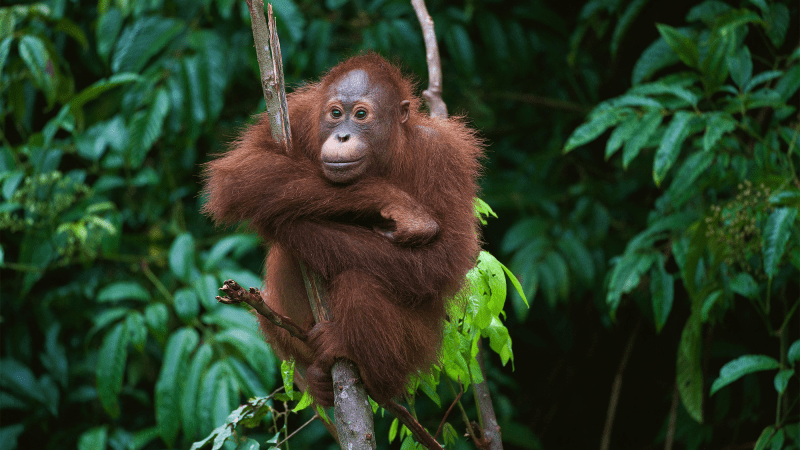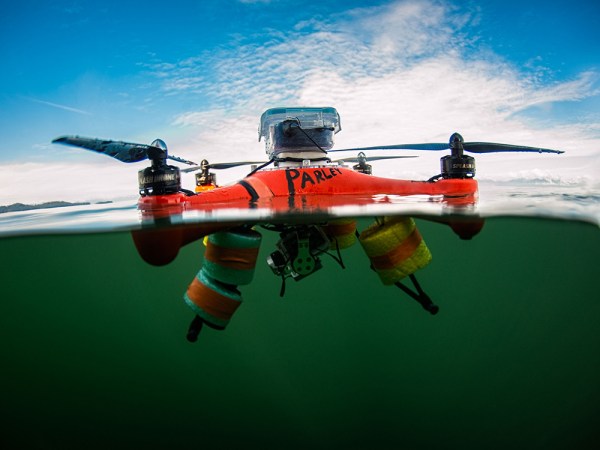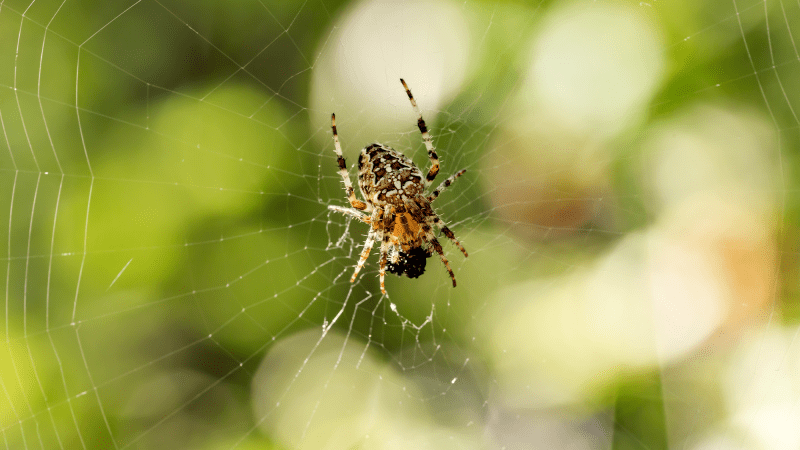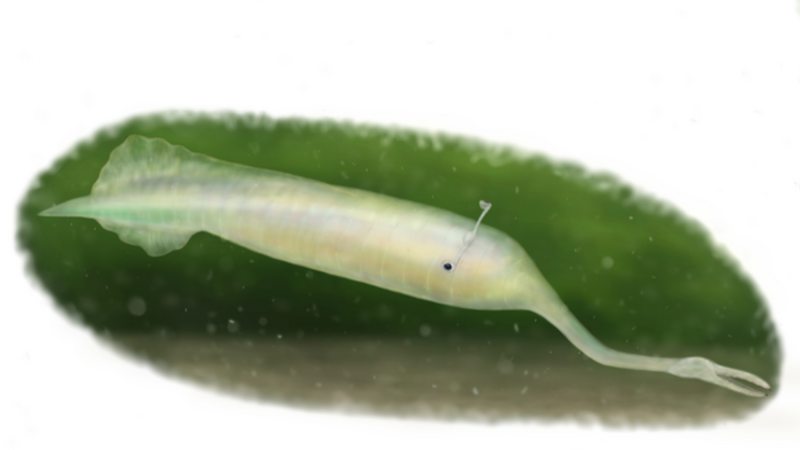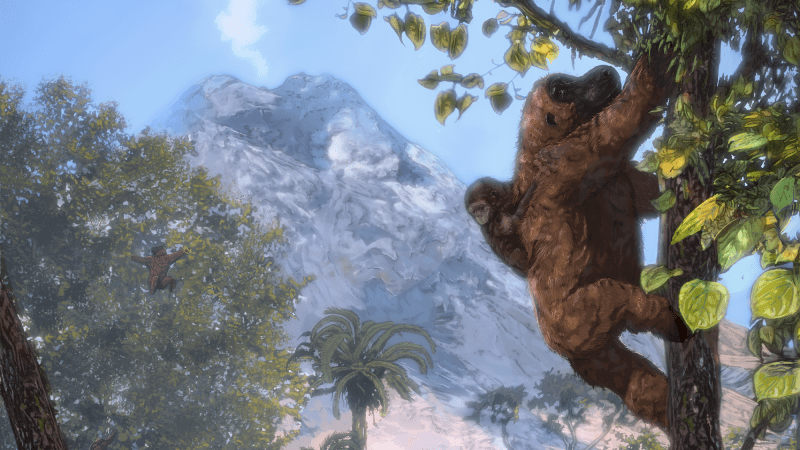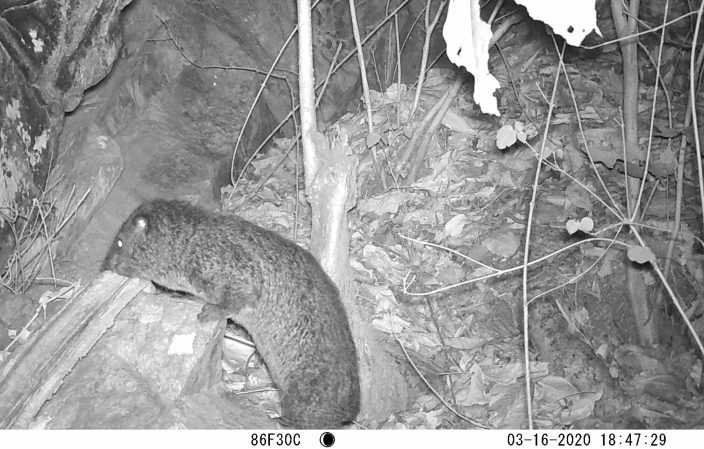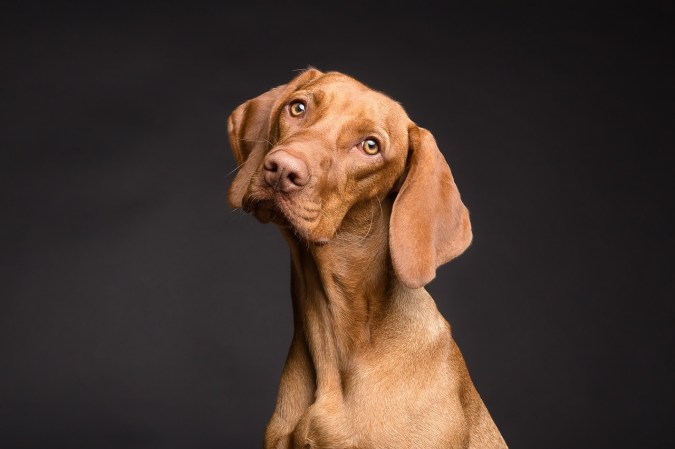

With their distinctive red fur and long, powerful arms, orangutans are hard to miss. It also might be hard to miss the sounds they make as they swing through the rainforests of Indonesia and Malaysia. A study published June 27 in the journal PNAS Nexus finds the primates can make two separate sounds simultaneously, just like songbirds or human beatboxers.
[Related: Why do humans talk? Tree-dwelling orangutans might hold the answer.]
According to the study team, these findings provide a window into the evolution of human speech and human beatboxing as well. The team observed two populations of vocalizing orangutans in Borneo and Sumatra in southeast Asia for about 3,800 hours. They saw that orangutans within both groups used the same “two sounds at the same time” vocal phenomenon.
“Humans use the lips, tongue, and jaw to make the unvoiced sounds of consonants, while activating the vocal folds in the larynx with exhaled air to make the voiced, open sounds of vowels,” study co-author and University of Warwick psychologist Adriano Lameira said in a statement. “Orangutans are also capable of producing both types of sounds—and both at once.
Borneo’s large male orangutans can produce noises known as “chomps” together with “grumbles” when being combative. Comparatively, the female orangutans in Sumatra make “kiss squeaks” with “rolling calls” to let others know about a potential threat from a predator.
“The fact that two separate populations of orangutans were observed making two calls simultaneously, is proof that this is a biological phenomenon,” said Lameira.
[Related: Watch people beatbox in an MRI.]
For us humans, it’s rare that we produce voiced and voiceless noises at the same time, with beatboxing being a notable exception. The vocal performance mimics the complex beats of hip hop and is a staple on the a capella circuit. According to Guinness World Records, the longest beatbox marathon in history was an astonishing 25 hours and 30 minutes. It uses the mouth, tongue, lips, and vocal cords and may even be easier on the voice than traditional singing.
“The very fact that humans are anatomically able to beatbox, raises questions about where that ability came from. We know now the answer could lie within the evolution of our ancestors,” study co-author and independent researcher Madeleine Hardus said in a statement.
The team says that the vocal control and coordination abilities of wild great apes have been underestimated in the past when compared to the focus on birds’ vocals.

“Producing two sounds, exactly how birds produce song, resembles spoken language but bird anatomy has no similarity to our own so it is difficult to make links between birdsong, and spoken human language,” said Hardus.
The team believes that it is possible early human language did sound more like beatboxing, before it evolved into our current consonant and vowel language structure.
“Now that we know this vocal ability is part of the great ape repertoire, we can’t ignore the evolutionary links,” said Lameira.
